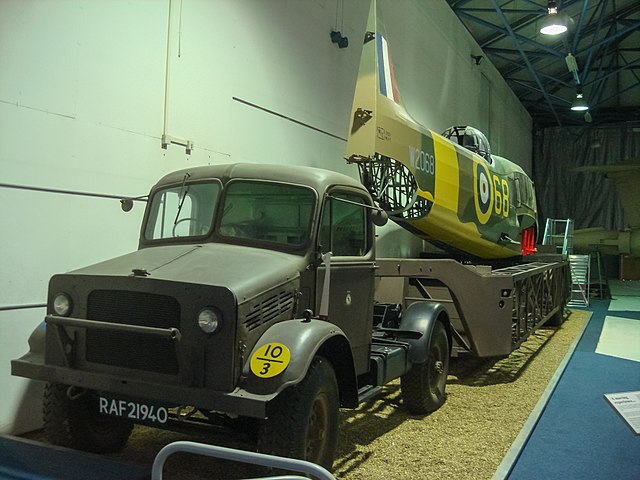As we approach Remembrance Day and the centenary of the end of WW1 many of us are remembering both lost relatives and those who fought and returned home, but often to suffer the awful consequences of war. As a child I spent much time keeping company with a bedridden Grandpa whose lungs were wrecked by exposure to mustard gas, in 1918 at the age of just 18, the effects of which took many years to emerge but which resulted in him wasting away to a skeletal figure until he died when I was 9 years old.
Grandpa signed up to the Lancashire Fusiliers on 9th October 1915, aged 16 years and 4 months. He was posted to 4/5th Battalion which had been formed at Southport in Spring 1915 as a home service depot or training ("fourth line") unit. He would never talk about his wartime experiences but his service records for his second period of service give some of the missing details. His first period of service is unrecorded in the archives as he was under age when he signed up in 1915 and, as with the records of others like him the details of that previous period were destroyed on his discharge. He served until 6th June 1916 before being discovered to be under age and sent home: my only evidence of this is part of a letter that survived in his service records file in the National Archives (in the burnt records, so only fragments of each sheet survived) in which he wrote to the army in 1919 querying his entitlement to a gratuity in which he had been short-changed by £4 and in which he gave the dates of his previous period of service.
 |
| Joseph William Schofield 1899-1967 Photo taken 1917 |
His second period of service began on 31st January 1917, at the age of 17 years 7 months (but he declared on his enlistment sheet that his age was 18 years 1 month!) so presumably he was still under age. This probably explains why, in the this second enlistment, he joined a different regiment where he wouldn't have been recognised: the South Wales Borderers, being initially put into the 57th training battalion based at Kinmel in Wales. He later transferred into the Royal Welch Fusiliers - it's the RWF cap badge he is wearing in my precious photo above. He was sent to France in early April 1918 where he was gassed the following month, resulting in his being shipped back to hospital where he remained until 9th September.
On release from hospital he was transferred to the Army Service Corps as a Driver, where he remained until eventual demob in January 1919. This last period of service in WW1 saw him posted firstly to the ASC at Willesden and then onto the 666 Horsed Transport Depot Company who were based at Blackheath in London, having been flagged as unsuitable for overseas service after being gassed. Grandpa had, as a youngster, worked on a farm so was presumably familiar with horses.
He suffered recurrent bouts of pain as a result of the gassing, and appears to have been hospitalised again between 24th September and 16th October, although he was able to resume work after the war - as a tram conductor and then tram driver, and went on to marry in 1922 and raise a family of four children. Despite his health he worked as an RAF civilian driver in WW2, driving a long transporter vehicle known as a Queen Mary, collecting and delivering aircraft parts to bases across the country. His health continued to decline and by the time I was born he was bedridden. He died on 15th March 1967, aged 67.
On release from hospital he was transferred to the Army Service Corps as a Driver, where he remained until eventual demob in January 1919. This last period of service in WW1 saw him posted firstly to the ASC at Willesden and then onto the 666 Horsed Transport Depot Company who were based at Blackheath in London, having been flagged as unsuitable for overseas service after being gassed. Grandpa had, as a youngster, worked on a farm so was presumably familiar with horses.
He suffered recurrent bouts of pain as a result of the gassing, and appears to have been hospitalised again between 24th September and 16th October, although he was able to resume work after the war - as a tram conductor and then tram driver, and went on to marry in 1922 and raise a family of four children. Despite his health he worked as an RAF civilian driver in WW2, driving a long transporter vehicle known as a Queen Mary, collecting and delivering aircraft parts to bases across the country. His health continued to decline and by the time I was born he was bedridden. He died on 15th March 1967, aged 67.
 |
| A WW2 Queen Mary of the type driven by Grandpa in WW2 |

No comments:
Post a Comment